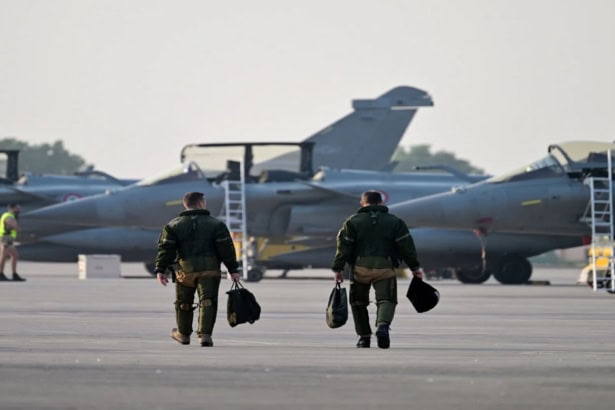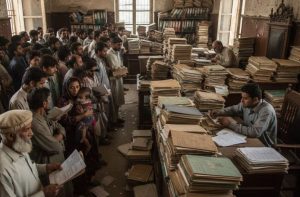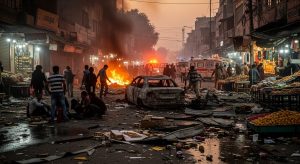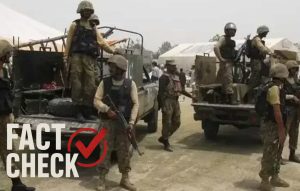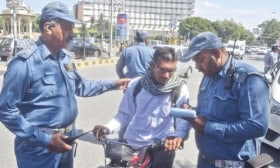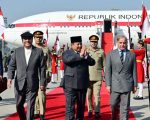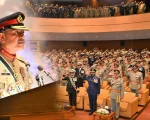Observers warn that India’s intensifying bellicosity masks both grave military deficiencies and deep social fractures that threaten to unravel the world’s largest democracy. Under Prime Minister Narendra Modi’s Bharatiya Janata Party (BJP), what critics term the “BJPisation” of Indian society has, they argue, driven more than 1.2 billion citizens into cycles of division and disenfranchisement—pitting communities against one another while diverting attention from systemic failures in defense preparedness.
At the heart of this critique lies a startling catalogue of accidents within the Indian Air Force (IAF). Official Indian media figures reveal that, up to September 2023, the IAF suffered 2,374 aircraft losses in crashes: 1,126 fighter jets and 1,248 non-fighter planes. Trainer aircraft (229) and helicopters (196) account for additional tragedies, in total claiming the lives of 1,305 highly skilled pilots. When each squadron fields roughly eighteen to twenty aircraft, the attrition of more than fifty squadrons over decades signals an air arm teetering on the brink of unsustainability.
Historical patterns only amplify these concerns. Losing pilots and planes is a harsh reality of conflict, and India saw this during the wars with Pakistan in ’47-48, ’65, ’71, and ’99. But looking at the bigger picture, the highest toll hasn’t come from combat. It’s the accidents during peacetime that have led to the most losses. Take the 1965 war as a stark example: the Indian Air Force had to admit it lost far more aircraft than its rival. A particularly bitter pill was swallowing the loss of 59 planes caught unprepared on the ground at Pathankot and Kalaikunda. It was a hard lesson, widely seen as stemming from flawed intelligence and planning that simply wasn’t good enough. In that same conflict, Indian pilots flew aging, vintage fighters against Pakistan’s more advanced U.S.-supplied jets, further skewing the casualty balance.
A 2002 Public Accounts Committee audit sharpened the focus on chronic non-combat losses. Imagine being an Indian Air Force pilot in the 1990s (from ’91 to ’97). The risks were considerably higher back then. Overall, for every 10,000 hours flown, an accident happened somewhere between once and one-and-a-half times. If you were flying fighter jets, that risk jumped sharply, sometimes happening over three times as often. For those flying the older MiG-21s, it was even more dangerous, with accident rates peaking at nearly four times per 10,000 hours. Now, contrast that with their American counterparts in the U.S. Air Force during the ’90s – they saw only about 0.3 fighter accidents for the same amount of flying time, and things only got safer for them in the following years. In human terms, every percentage point of difference represents lives lost, families shattered, and a steadily vanishing pool of seasoned aviators.
Analysts identify three broad causes of these peacetime disasters: human error, technical defects, and environmental hazards. While pilot mistakes are inevitable, the audit laid bare deeper systemic flaws—poor maintenance practices, critical spare-parts shortages following the Soviet Union’s collapse, and the creeping obsolescence of stalwarts like the MiG-21, long derided as a “flying coffin.” Equally sobering are repeated failures to upgrade basic training platforms: the HPT-32 Stage-1 trainer remained in service for 23 years despite 17 fatal crashes that claimed 19 trainee pilots before its grounding.
Yet despite this litany of accidents, New Delhi’s political leadership has ramped up confrontational rhetoric toward its neighbors. Incendiary statements on Kashmir, repeated threats to abrogate international water treaties, and boasts of military readiness have filled headlines—even as every fresh pronouncement of “war readiness” prompts comparisons to an echo chamber of bravado rather than credible deterrence.
Critics contend this “war madness” serves a diversionary purpose: stoking hyper-nationalist fervor to mask domestic crises. India faces mounting challenges—rural distress, youth unemployment, rising inflation, and a fraying social contract under an increasingly majoritarian agenda that many minorities decry as discriminatory. In this context, military posturing offers a rallying cry that drowns out inconvenient debates about governance, economic policy, and social justice.
For regional neighbors—particularly Pakistan—the dissonance between India’s thunderous threats and the sobering evidence of its air force’s degraded state presents both risk and opportunity. On one hand, heightened tensions demand vigilance: Islamabad must maintain robust deterrent capabilities and avoid strategic complacency. On the other, Pakistan can exploit the credibility gap by publicizing India’s accident statistics, highlighting grounded squadrons, and calling for transparent, third-party investigations into any aerial incidents along contested borders. In doing so, Pakistani analysts argue, they can shift the narrative: India’s saber-rattling is a symptom of internal insecurity, not an indicator of strength.
International observers and policymakers should take heed. The phenomenon of hyper-nationalist governments using external threats to mask internal weaknesses is hardly unique to South Asia. Diplomatic pressure for impartial scrutiny of border skirmishes, renewed support for regional arms-control frameworks, and civil-society initiatives to protect vulnerable minorities can help undercut the dangerous allure of “war fever.”
Ultimately, India faces a critical choice: continue down the path of engineered crises and social polarization—or channel its technological ingenuity and national pride into substantive reforms. Modernizing its aging fleet, investing in rigorous pilot training, overhauling maintenance regimes, and fostering an inclusive civic ethos would not only strengthen national security but also heal the fissures that “BJPisation” has widened. Until then, every fresh call to arms risks exposing the brittle foundations beneath India’s thunderous rhetoric—and with them, the very fabric of its democracy.

